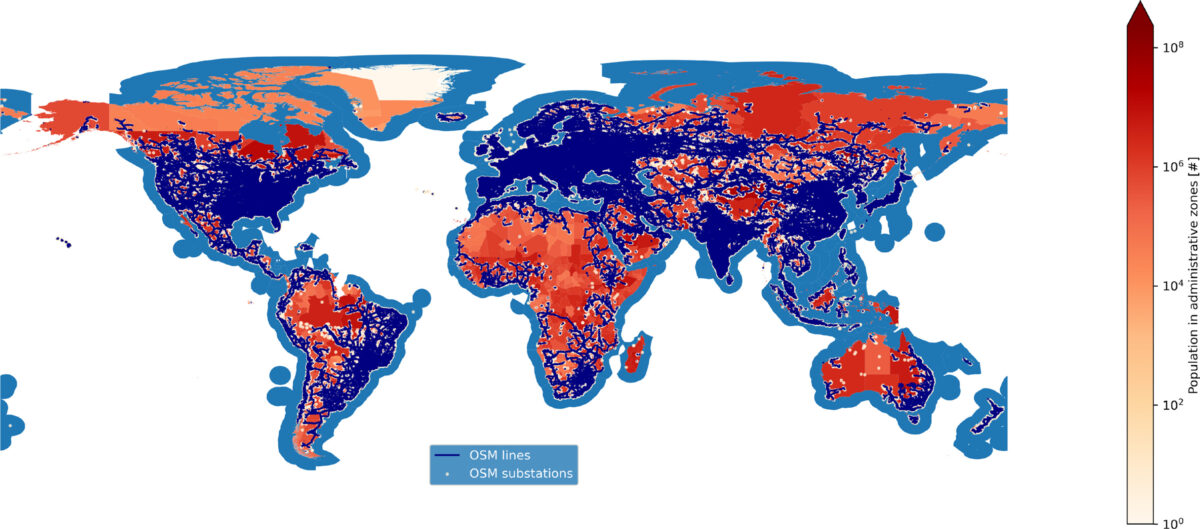Researchers worldwide have developed an accessible open-source global energy system model that accommodates countries without prior energy planning scenarios, distinguishing it from existing tools.
“We propose an open-source community-backed flexible energy system model able to represent any arbitrarily large region of the world power system in high spatial and temporal resolution that leverages other existing open-source projects to serve industry, policymakers, and researchers,” the scientists said.
The PyPSA-Earth model can automatically download open data, create model-ready data, and integrate optimization features to address large-scale energy system planning. Utilizing the Snakemake automated workflow management system, it effectively decomposes complex software processes into subtasks and seamlessly integrates various data sources and open-source tools to process raw data. This enables the generation of national, regional, continental, or global data.
The model can provide energy system transition studies, power system studies, technology evaluation studies, technology phase-out plans, supply diversification studies, and electricity market simulations. It uses Atlite free software, which converts weather data into energy systems data, to model renewable energies such as solar, wind and hydropower.
The researchers validated the model for the African continent and Nigeria, in particular, for a 2060 net-zero energy planning study.
“Given the limitation of reliable datasets for power plants for the African region, the existing powerplantmatching tool has been extended to include additional datasets, such as OpenStreetMap, to fine-tune the African model and validate the results with the final goal of maximizing accuracy and quality of the result,” they specified. “Validating the African power grid is challenging. Different from Europe, where ENTSO-E provides reliable open data with continental scope, such a transparent data source is lacking in Africa, and only a few utilities release open data.”
Popular content
The validation process confirmed that the new tool can generate power network and installed generation data that align with reliable national data, showcasing satisfactory accuracy. Notably, this model not only delivers realistic outcomes but also offers higher spatial detail.
The research group emphasized that many similar tools mentioned in previous literature have been discontinued or lack updates. In contrast, their objective is to ensure the continuous maintenance of the model, preventing it from becoming outdated. They also invited interested scholars to collaborate with the model initiative team, highlighting the potential for further enhancements and contributions.
The scientists presented the model in “PyPSA-Earth. A new global open energy system optimization model demonstrated in Africa,” which was recently published in Applied Energy.
The proposed model is part of the PyPSA meets Earth initiative, which is a research project aimed at improving energy system planning with open solutions.
This content is protected by copyright and may not be reused. If you want to cooperate with us and would like to reuse some of our content, please contact: editors@pv-magazine.com.



Buenos días. Estupendo y gran investigación del modelo, felicidades por los avances científicos mundiales. Saludos.